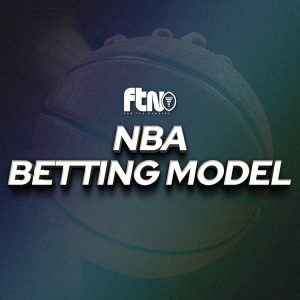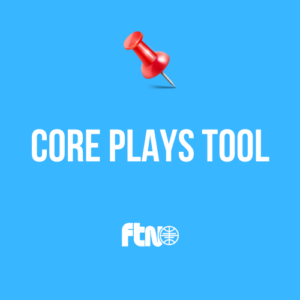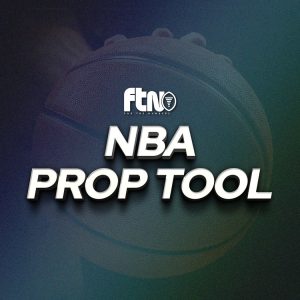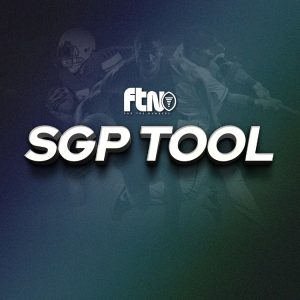
The world of dynasty fantasy baseball is an exciting place and one where the population continues to rise. Over the last 5-10 years, dynasty fantasy baseball has risen in popularity as more and more people have tried the format and fell in love with it.
This comes as no surprise to yours truly, who has been playing in and loving keeper and dynasty leagues for many years now. My first ever keeper-dynasty league was a league I started in high school with some friends back in 2006, and it’s still going to this day, nearly two decades later.
Are you someone who has never dipped your toes into the dynasty waters and want to learn more about fantasy baseball dynasty leagues? Then you’ve come to the right spot.
Redraft leagues definitely have their appeal, but dynasty leagues have always been my favorite. These are leagues where you can be making moves or planning 365 days a year with very minimal downtime, even in the dogdays of the MLB offseason.
We’ve all had those redraft teams that have fallen out of contention. Sure, you’ll continue to set your lineups, but that spark inside fades once you know that you’re not going to make the playoffs, win a championship or finish in a money spot. Well, in dynasty leagues, that’s the time you can really dig in to improve your team for the next season and beyond.
That’s the beauty of dynasty leagues: There’s always work to be done!
What Are Fantasy Baseball Dynasty Leagues?
For those who are just getting into dynasty leagues or are interested in doing so, these are a whole different animal than redraft leagues. Dynasty leagues are the closest format we have in the fantasy baseball world to being a real-life baseball general manager. Each dynasty league could go on for decades if run correctly. Just look at my home league above, now entering its 19th season. We started this league as sophomores in high school and have kept it going strong all these years.
Dynasty leagues are year-round. You won’t be making moves every day obviously, but trades can happen throughout the offseason as you prepare for offseason drafts or the following season. Some dynasty leagues will keep every single player on the roster from the previous season, while others will have to trim down to a certain amount and have an offseason draft.
In general, all dynasty leagues will have at least a first-year player draft so that all the recent MLB draftees and international signings can be incorporated into your league. This is usually where the roster cutdown happens with any other players cut added into the available draft pool. So, overall, expect to retain at least 80% of your roster the following season, which basically mirrors MLB teams.
Every move you make doesn’t just impact your roster for one season. You always need to be thinking about the future just as much as the present and how your moves could positively or negatively impact your roster in future seasons.
That’s one of the most beautiful aspects of dynasty leagues, though. There’s always the next season to build toward and look forward to. If you fall out of contention one year, you can begin planning for the next year and exploring trade options to set your team up better for the future.
Types of Dynasty Leagues for Fantasy Baseball
There are many different types of dynasty baseball leagues. Here are some of the more common formats:
Keep Forever (No Round Attachment)
This is probably the most common format. This format allows you to keep a set number of players for as long as you want. If you want to hold onto Bobby Witt Jr. until the end of time (or the end of his career), you can absolutely do so.
Keep with Round Attachments
In this format, where you draft each player in the initial draft will stay attached to them moving forward. Then at the end of each year, you’ll have the option to keep each player at their round value and then lose a pick in that particular round.
Usually, the round value goes up a certain amount each year, so players get more and more expensive to the point where you don’t believe they’re worth that round value anymore and throw them back in the player pool to be drafted in your league’s offseason draft. This also creates some tough choices as you’ll often have to decide between keeping a better player at a higher cost or a lesser talent that has a better price point.
For example, a decision you might have to make is whether to keep Michael Harris II at a third-round price tag or Seiya Suzuki at a 12th. In general, with no rounds attached, you’d likely keep Arozarena. However, Suzuki might be the better play for you as he’s nine rounds cheaper and you lose a 12th-round pick instead of a third.
Contracts/Price Attachments
In this format, you’ll bid on players and have them assigned to contracts. Each team will have a salary cap to stay under and players will have certain values attached to them that resemble their contracts. Sometimes, these contracts will mirror MLB contracts that the players actually have in real life.
There are other varying formats, but these represent the most popular choices.
Finding a League
The easiest way to dip your toes into the dynasty baseball world is to start one with your friends or people you’ve already shared a redraft league with. If you do start one with people you know, regardless of whether you’re the commissioner or not, I would recommend deciding on league details as a group. That makes the first year of the league go as smoothly as possible with minimal hiccups.
If you don’t have a group of friends to start one with, I’d recommend joining my Discord (link in my Twitter bio) or Chris Clegg’s (link in his bio). You can usually find people posting about league openings or wanting to start new leagues in there.
Dynasty Fantasy Baseball: Resources and Best Analysts for Help
During my time in the industry, I’ve been fortunate enough to work with, collaborate with, and get to know many extremely talented, hard-working, and knowledgeable individuals who provide a wide array of content to help dynasty league players.
Obviously, I hope you check out my written work here, my podcast (The Toolshed), and my Patreon along with my dynasty and prospect rankings, but here are other resources to check out that can help you succeed and have fun while playing dynasty fantasy baseball.
- Chris Clegg (@ChrisCleggMiLB) – The Dynasty Dugout, The Toolshed Podcast
- Chris Welsh (@IsItTheWelsh) – In This League, Prospect One Podcast, FantasyPros
- James Anderson (@RealJRAnderson) – Rotowire
- Michael Halpern (@ImaginaryBrickWall) – Imaginary Brick Wall Patreon
- Geoff Pontes (@GeoffPontesBA) – Baseball America
- Chris Blessing (@C_Blessing) – Baseball HQ, The Eyes Have It Podcast
- Jesse Roche (@jaroche6) – Baseball Prospectus, TINO Podcast
- Zac Beck (@UpperBeck) – The Dynasty Dugout (Points Leagues work)
- Lucas Biery (@LucasBiery33) – FTN Fantasy, DC Dynasty
- Jake Kucheck (@TheSFGiantsGuy) – FTN Fantasy
- Tristan Cockcroft (@Sultanofstat) — ESPN
Best Fantasy Baseball Sites
- FTN Fantasy
- Baseball America
- CBS Fantasy
- Prospects Live
- Razzball
- Scout the Statline
- The Dynasty Guru
I’d recommend utilizing various analysts and sites to help you gain as much info as possible. Use their various rankings, podcasts and content to assist in formulating your own decisions on who you should target/avoid, strategies, etc. Most of the names and sites above produce some form of prospect or dynasty rankings content that can help along with written content and podcasts.
Rankings Are a Good Start
When beginning your preparation or during your league’s initial draft, dynasty rankings are a great place to start. Several of the names above, me included, produce dynasty rankings that you can find and work off of. But remember, all dynasty rankings are different and might not fully line up with your league settings. Use these rankings and adjust accordingly to your league.
Initial Draft Strategies
The first piece of advice that I always stress is to know your league setup and structure. This seems weird to say, but you’d be surprised how many people enter their draft unprepared and have a poor draft because of it. This can cause poor performance during the first season and set you up for a long first few years of the league.
There are three main strategies in the initial draft for a dynasty league startup draft.
Win Now
For the general public, this is the most popular strategy. Who doesn’t want to win right away, right? However, given that this is the most popular strategy, there’s a strong chance that many others in your draft are attacking their picks the same way you are. This can sometimes lead to you sacrificing too much future value in your selections as you chase down present value.
This is my second most-used strategy personally and there have been drafts where I’ve quickly pivoted to a win soon strategy after analyzing the draft room and seeing a trend of many going with the win-now method. But don’t get me wrong, this strategy is the best one for building a championship contender right away and can be maintained long-term if you’re astute at trading and finding/acquiring prospect talent as well through the year.
And remember, no league is guaranteed to last a decade or longer. Some leagues will fold after just a few seasons, so trying to win now is never a bad idea.
Win Soon
If I had to venture a guess, this is the strategy I use the most often in a startup draft. If done properly, this strategy can make you competitive in year one and a true championship contender as soon as the second season.
With this strategy, I recommend layering your dynasty roster. What the bleep do I mean by that? Well, there are four sets of players in dynasty leagues: older MLB (Freddie Freeman/Bryce Harper), younger MLB (George Kirby/Triston Casas), near-ready prospects (Roman Anthony/Chase DeLauter) and long-term prospects (Jesus Made/Zyhir Hope).
For the most part, you’ll stick with the latter three groupings in this strategy as many in the “win-now” strategy will be targeting the older and younger MLB pieces. I’d recommend trying to get a core set of players/prospects from the latter three groupings. This way, once your near-ready prospects are called up and starting to contribute, your long-term prospects will be getting closer to being ready and you can start grabbing more long-term prospect plays.
Win Later
This is the path I recommend the least, but it can work if executed properly. In the win-later approach, you’re 100% ignoring pretty much any MLB player over the age of 25 or so and strictly focusing on young MLB players and making the best prospect roster you can.
Within this approach there are two sub-approaches that can be deployed. First, you hold most or all of your prospects and hope they turn into fantasy stars and help you build a juggernaut team in a few years.
Or sub-strategy No. 2 where you use these prospects as trade capital to acquire MLB pieces and strengthen/quicken your contending window. This strategy was sometimes used and usually always executed correctly by Ian Kahn (formerly of the Athletic), who is one of the best dynasty players in the world. If done correctly, this can be an effective strategy, but you need to fully commit to this strategy for it to work.
More Dynasty Baseball Advice
Hopefully this Dynasty 101 guide was helpful for any of you looking to start playing dynasty fantasy baseball. This is an exciting format and one that has gained popularity in spades over the last several years. If you have any further questions or want to chat more, feel free to reach out to me on Twitter/X (@EricCrossMLB) or join my Patreon/Discord where we chat fantasy baseball and dynasty baseball year-round!
Cheers, and may all your dynasty teams be dominant.


































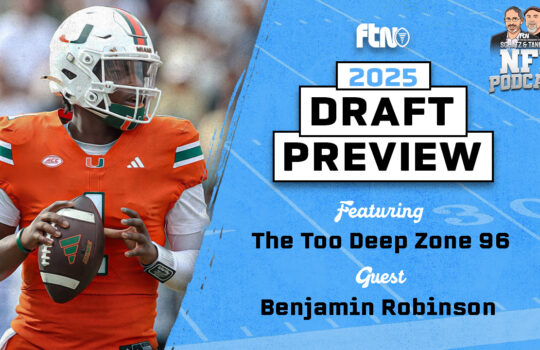




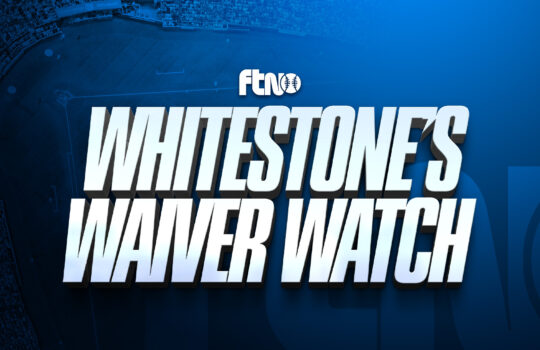

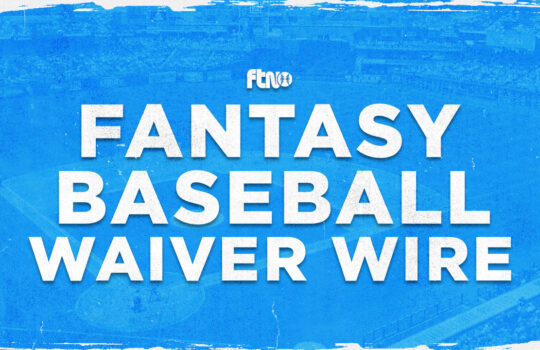

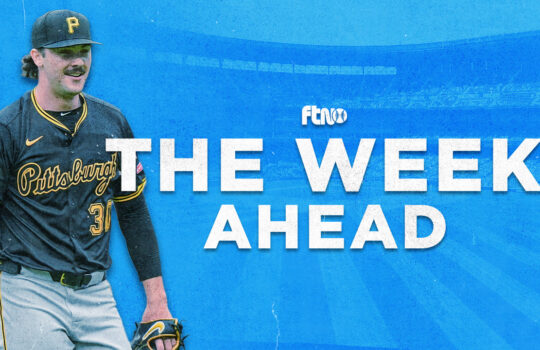

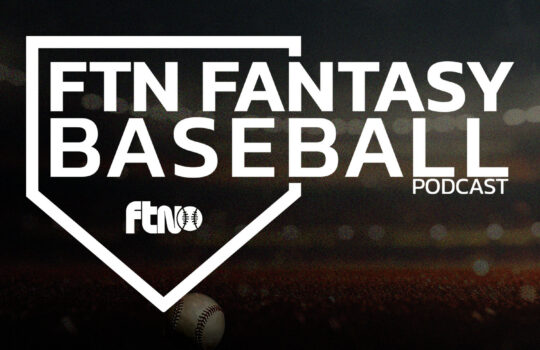

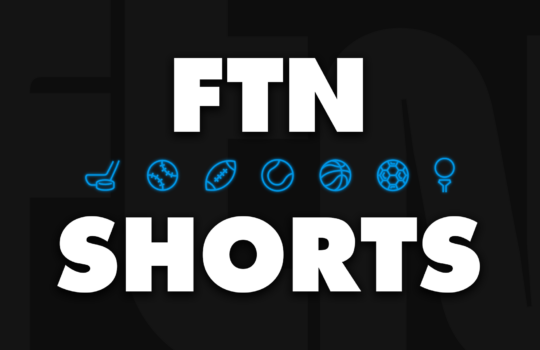
 New York Jets
New York Jets  New England Patriots
New England Patriots  Miami Dolphins
Miami Dolphins  Buffalo Bills
Buffalo Bills  Pittsburgh Steelers
Pittsburgh Steelers  Cleveland Browns
Cleveland Browns  Cincinnati Bengals
Cincinnati Bengals  Baltimore Ravens
Baltimore Ravens  Tennessee Titans
Tennessee Titans  Jacksonville Jaguars
Jacksonville Jaguars  Indianapolis Colts
Indianapolis Colts  Houston Texans
Houston Texans  Las Vegas Raiders
Las Vegas Raiders  Los Angeles Chargers
Los Angeles Chargers  Kansas City Chiefs
Kansas City Chiefs  Denver Broncos
Denver Broncos  Washington Commanders
Washington Commanders  Philadelphia Eagles
Philadelphia Eagles  New York Giants
New York Giants  Dallas Cowboys
Dallas Cowboys  Minnesota Vikings
Minnesota Vikings  Green Bay Packers
Green Bay Packers  Detroit Lions
Detroit Lions  Chicago Bears
Chicago Bears  Tampa Bay Buccaneers
Tampa Bay Buccaneers  New Orleans Saints
New Orleans Saints  Carolina Panthers
Carolina Panthers  Atlanta Falcons
Atlanta Falcons  San Francisco 49ers
San Francisco 49ers  Seattle Seahawks
Seattle Seahawks  Los Angeles Rams
Los Angeles Rams  Arizona Cardinals
Arizona Cardinals 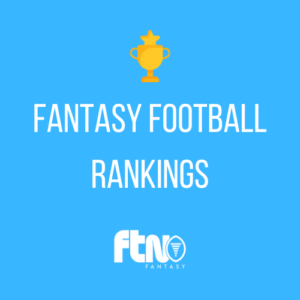
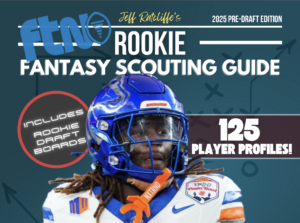
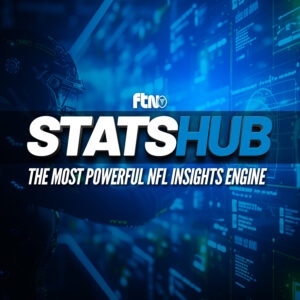
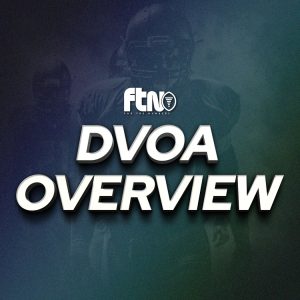
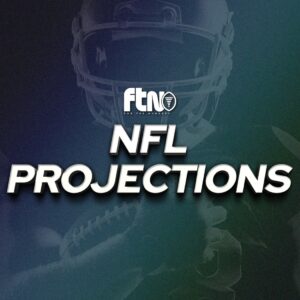


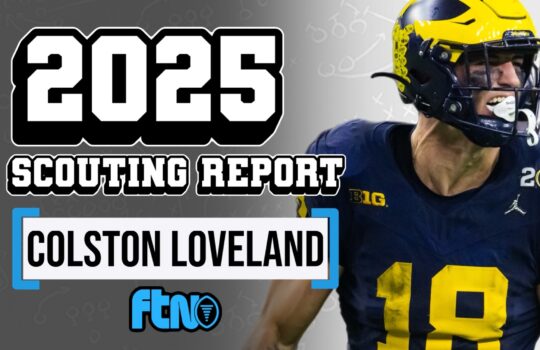


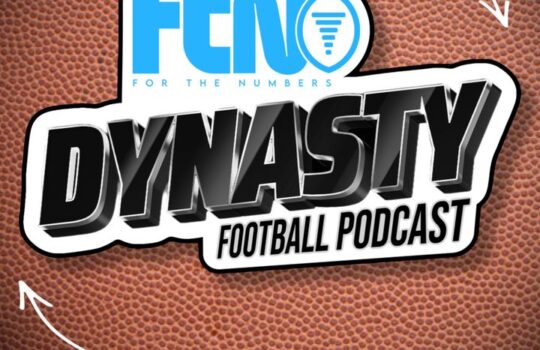
 Boston Celtics
Boston Celtics  Brooklyn Nets
Brooklyn Nets  Philadelphia 76ers
Philadelphia 76ers  New York Knicks
New York Knicks  Toronto Raptors
Toronto Raptors  Chicago Bulls
Chicago Bulls  Detroit Pistons
Detroit Pistons  Milwaukee Bucks
Milwaukee Bucks  Cleveland Cavaliers
Cleveland Cavaliers  Indiana Pacers
Indiana Pacers  Orlando Magic
Orlando Magic  Atlanta Hawks
Atlanta Hawks  Charlotte Hornets
Charlotte Hornets  Miami Heat
Miami Heat  Washington Wizards
Washington Wizards  Denver Nuggets
Denver Nuggets  Minnesota Timberwolves
Minnesota Timberwolves  Oklahoma City Thunder
Oklahoma City Thunder  Portland Trail Blazers
Portland Trail Blazers  Utah Jazz
Utah Jazz  LA Clippers
LA Clippers  Golden State Warriors
Golden State Warriors  Los Angeles Lakers
Los Angeles Lakers  Phoenix Suns
Phoenix Suns  Sacramento Kings
Sacramento Kings  Dallas Mavericks
Dallas Mavericks  Houston Rockets
Houston Rockets  Memphis Grizzlies
Memphis Grizzlies  New Orleans Pelicans
New Orleans Pelicans  San Antonio Spurs
San Antonio Spurs 

